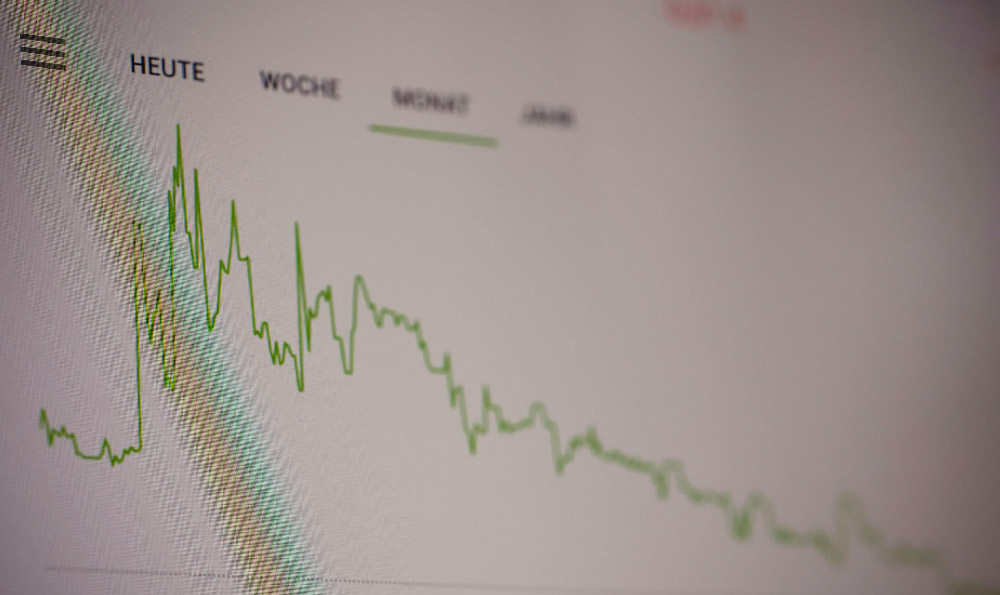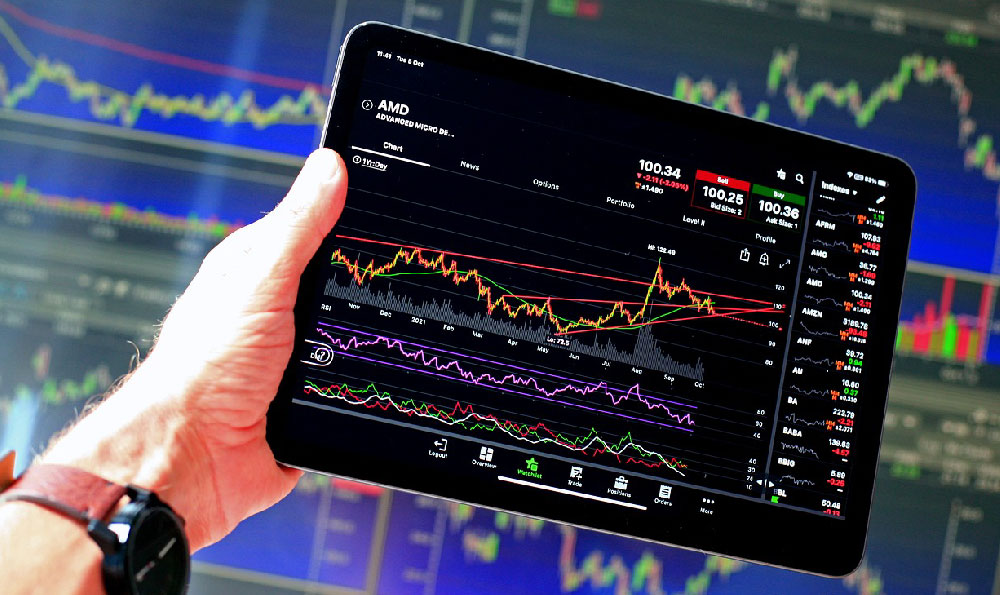The Russell 2000 index, a benchmark for small-cap stocks in the United States, represents a compelling avenue for investors seeking potentially high growth but also necessitates a thorough understanding of its unique characteristics and associated risks. Deciding whether to invest in the Russell 2000, and how to approach such an investment, requires careful consideration of your financial goals, risk tolerance, and investment timeline.
Before diving into the specifics, it's crucial to understand what the Russell 2000 actually is. It tracks the performance of the 2,000 smallest companies within the broader Russell 3000 index, which represents approximately 98% of the investable U.S. equity market. This distinction is significant because small-cap companies often exhibit different growth patterns and volatility compared to their large-cap counterparts found in indices like the S&P 500.
So, where should you start when considering an investment in the Russell 2000? The most accessible entry point for most investors is through Exchange-Traded Funds (ETFs) that track the index. These ETFs offer instant diversification across the 2,000 constituent companies, reducing the individual risk associated with picking individual small-cap stocks. When choosing an ETF, pay close attention to the expense ratio – the annual fee charged to manage the fund. Lower expense ratios translate to higher returns for you over the long term. Popular examples of Russell 2000 ETFs include IWM and VTWO. Examining the fund's tracking error, a measure of how closely the ETF's performance mirrors the actual Russell 2000 index, is also a good idea. A lower tracking error indicates a more accurate representation of the index.

Beyond ETFs, another avenue for exposure is through mutual funds that focus on small-cap stocks, often using the Russell 2000 as a benchmark. However, mutual funds typically have higher expense ratios compared to ETFs, and their trading frequency is limited to the end of each trading day. This lack of intraday liquidity can be a disadvantage for investors who want to react quickly to market movements.
For the more experienced and research-oriented investor, direct investment in individual companies within the Russell 2000 is possible. However, this requires significant due diligence and a deep understanding of fundamental analysis. Small-cap companies often have less analyst coverage and less publicly available information than larger, more established firms. This information asymmetry can make it challenging to accurately assess their financial health and growth prospects. Furthermore, the liquidity of individual small-cap stocks can be limited, making it difficult to buy or sell large quantities without impacting the price.
Now, the crucial question: is investing in the Russell 2000 right for you? This is where a realistic assessment of your financial situation and risk appetite is paramount. Small-cap stocks, by their nature, are generally more volatile than large-cap stocks. This volatility stems from several factors, including their smaller market capitalization, limited access to capital, and greater sensitivity to economic fluctuations. During economic downturns or market corrections, small-cap stocks tend to underperform large-cap stocks, and conversely, they often outperform during periods of economic expansion.
If you are a young investor with a long-term investment horizon and a high tolerance for risk, allocating a portion of your portfolio to the Russell 2000 might be a reasonable strategy. The potential for higher growth in small-cap stocks can significantly enhance your overall portfolio returns over time. However, if you are nearing retirement or have a lower risk tolerance, a smaller allocation or even complete avoidance of the Russell 2000 might be more appropriate. Protecting your capital and generating a stable income stream are typically the primary concerns for investors in this stage of life.
Beyond your risk tolerance and time horizon, consider your knowledge and interest in investing. If you lack the time or expertise to actively manage your investments, a passive investment approach through a Russell 2000 ETF might be the best option. On the other hand, if you are passionate about investing and willing to dedicate the time to research individual companies, a more active approach might be suitable.
Finally, remember the importance of diversification. Don't put all your eggs in one basket, even if that basket is a diversified Russell 2000 ETF. Allocate your investments across different asset classes, such as stocks, bonds, and real estate, to reduce your overall portfolio risk. The Russell 2000 should be just one component of a well-balanced and diversified investment strategy.
In summary, investing in the Russell 2000 offers the potential for attractive returns but comes with inherent risks. Start by understanding the nature of small-cap stocks and the various ways to gain exposure, primarily through ETFs. Carefully assess your financial goals, risk tolerance, and investment timeline to determine if the Russell 2000 is the right fit for you. Always prioritize diversification and consider seeking professional advice from a qualified financial advisor to ensure your investment strategy aligns with your individual circumstances. Prudent investing is not about chasing the highest returns at all costs, but rather about making informed decisions that help you achieve your financial objectives while managing risk effectively.












